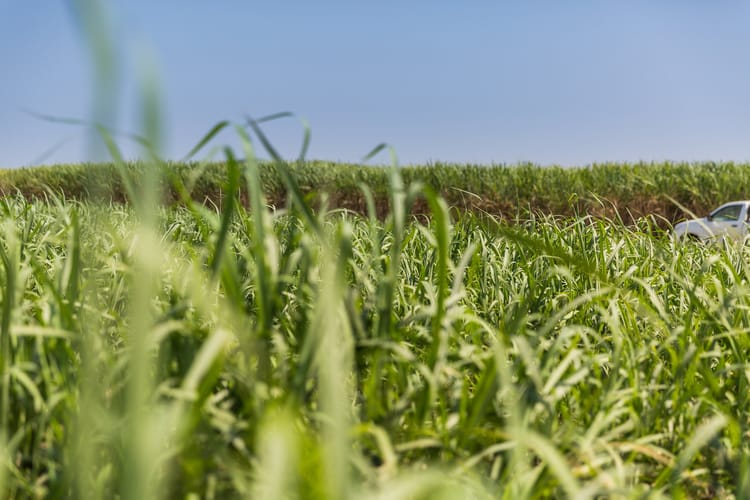Take control of sugarcane production
With the country’s sugar cane industry under immense pressure, farmers have no choice but to become more efficient. Drip irrigation is a crucial tool that can make all the difference.
There is warranted focus on both government and industry to take action to ensure the long-term sustainability of the sector. This ranges from trade agreements to developing alternative markets.
This responsibility goes hand in hand with the call to producers to increase on-farm efficiency and productivity. This call is sounded by increasing pressure on the availability of water as well as the increasing costs of other inputs.
In short, the farmer must always grow more with less.
Drip irrigation as solution
Drip irrigation has been a proven practice for sugar cane irrigation for several decades. Given the harvesting practices employed in sugar cane production, subsurface drip irrigation has become the preferred method. Burying dripper lines makes it possible for a farmer implement drip irrigation to support the crop in all growth stages, without the pipes being damaged at harvesting. It also enables a drip irrigation installation to be used season after season. Switching to drip irrigation ensures a higher return on investment for the grower.
The key reasons for this are:
- An overall higher yield;
- A stable yield in any climate;
- Better plant quality, with a higher sucrose content;
- More ratoons from each planting cycle;
- Considerably lower water use;
- Optimal use of odd-shaped or steeply sloping lands;
- Reduced labour costs;
- More efficient fertiliser application, leading to reduced fertiliser cost;
- A system that can deliver plant protection, mill effluent and bio- stimulants directly to the
All of these factors come down to a single truth: drip irrigation can help sugar cane farmers grow more cane with fewer inputs, effectively helping to making the industry as a whole more sustainable.
Improved solutions
Yoram Krontal, Senior Sugarcane Agronomist at Netafim, believes that a person’s decision to adopt a new technology or practice is driven by a heightened need or a specific challenge. “Producers have to increase yield while face challenges such as water scarcity, sandy soil, and even labour-related problems. Netafim’s job is to identify these challenges and help farmers by offering an ever- improving solution that satisfies the need for greater yield, uses fewer resources such as water, and puts more money in the farmer’s pocket.”
Krontal stresses the company’s commitment to ongoing improvement, saying that Netafim “works continually to strive for better solutions for the farmer, whether in term of cost and benefit, improved practices, an improved experience or integrating solutions”. “At Netafim, we’re always looking at ways to reduce costs, whether in raw materials, new products or improved methods. We want our solutions to be as accessible to as many farmers as possible.”
He stresses that the company strives to simplify the entire process for farmers. “One of our barriers is that farmers consider drip irrigation a good system but find it too complicated. At Netafim, we therefore aim to develop tools and products to ease the use of our solutions and show that drip irrigation is, in fact, not complicated at all. We also support farmers in the field.”
He explains that Netafim seeks to integrate drip irrigation technology into the full picture of sugar cane production. “We design our solutions to ensures they fit into everyday sugar cane production operations. They need to be a platform for increased production, not an obstacle.” An example he points to is Netafim’s introduction of a 22mm-diameter dripper line that allows for longer rows; this enables drip irrigation design to match the designs of mechanical harvesters.”
Control what you can
Remember, you can’t control the weather or sugar prices. Take full control of the factors you can control. You can ensure that your sugarcane production is consistent and profitable – year after year. Do this by switching to Netafim drip irrigation.


Share your thoughts
Comments
We'd love to hear your thoughts! To enter a comment, type your name and email address.